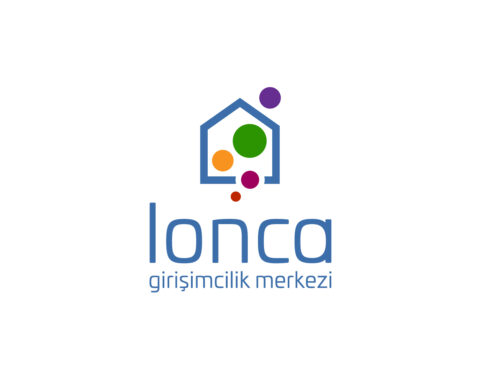Vehbi Koç, one of Turkey’s biggest entrepreneurs, started his business life by opening a grocery store and continued success in many sectors. Anadol takes its place on the stage of history as a sign of this success. Anadol, Turkey’s first mass-produced car, proved that believing everyone is the key to success.
Vehbi Koç, who founded Otokoç in 1928, took his dreams one click further and became the representative of Ford Motor Company in 1946. After 1954, he started to meet with Ford representatives to produce a car in Turkey.

In 1956, Vehbi Koç received a letter from the then prime minister Adnan Menderes and went to Henry Ford II with Bernar Nahum and Kenan İnal. These contacts worked and it was decided to cooperate. Although it was agreed in principle, Vehbi Koç, who had opposite political views with the government of that time, was never granted this permission.
Vehbi Koç’s main purpose was to manufacture ford vehicles in Turkey. However, when things did not go as he wanted, he started the domestic car project. Ford Company did not take kindly to this situation as it thought that Anadol would not be able to cover the production cost. However, Otosan was founded in 1959 to prove that this issue is also serious.
 As a result of the contacts made with Ford Motor Company, he started to assemble Ford trucks and gained practice for automobile production. While Otosan continues its efforts for the production of economical, low-cost, and robust automobiles, a fiberglass automobile exhibited at the Izmir Fair caught the attention of Rahmi Koç and Bernar Nahum.
As a result of the contacts made with Ford Motor Company, he started to assemble Ford trucks and gained practice for automobile production. While Otosan continues its efforts for the production of economical, low-cost, and robust automobiles, a fiberglass automobile exhibited at the Izmir Fair caught the attention of Rahmi Koç and Bernar Nahum.
Fiberglass, which was generally used in sports cars and marine vehicles at that time, encouraged Vehbi Koç in the production of economical, low-cost, and robust domestic automobiles in 1963. All conditions have matured and the first steps have been taken to produce Anadol.
 The design of the car was drawn by Tom Karen from British Ogle Design. It was time to find a name for the car to be produced. The name of Anadol, which is the car of the people, was foreseen to be determined by the people. Although there were many name suggestions, Anadol, which is the popular usage of Anatolia, was accepted.
The design of the car was drawn by Tom Karen from British Ogle Design. It was time to find a name for the car to be produced. The name of Anadol, which is the car of the people, was foreseen to be determined by the people. Although there were many name suggestions, Anadol, which is the popular usage of Anatolia, was accepted.
On December 1, 1966, the manufacturing team completed three blue-colored Anadols. The 3 completed cars were delivered to the experienced drivers in the factory and put to the test. Tested on many difficult roads, Anadol was successful and its emblem was the deer, the symbol of the Hittites.
 The first car was exhibited on 1 January 1967. Anadol, which received the qualification certificate in a short time on February 28, 1967, was put up for sale. Turkey’s domestic cars had a much lower price than foreign cars with equivalent features.
The first car was exhibited on 1 January 1967. Anadol, which received the qualification certificate in a short time on February 28, 1967, was put up for sale. Turkey’s domestic cars had a much lower price than foreign cars with equivalent features.
The people welcomed the production of the domestic car with such enthusiasm that poems were written for this car. Anadol, which was produced in 7 models from 1967 to 1984, was very popular due to its reasonable price. A total of 100,175 units of the 7 were produced in the 17-year period until the final production in 1984.
 The sports model Anadol, made in the 1970s, was one of the most remarkable models in the history of this car. Anadol A1 made history as Turkey’s first rally car. Turkey’s first rally team, Anadol Rally Team, won the 1968 Thrace Rally with Renç Koçibey and Demir Bükey using Anadol A1.
The sports model Anadol, made in the 1970s, was one of the most remarkable models in the history of this car. Anadol A1 made history as Turkey’s first rally car. Turkey’s first rally team, Anadol Rally Team, won the 1968 Thrace Rally with Renç Koçibey and Demir Bükey using Anadol A1.
Click here for more information
Other Articles Maybe You Interested In
5 Startups That Prioritize Sustainability
10 ways to reduce your carbon footprint




